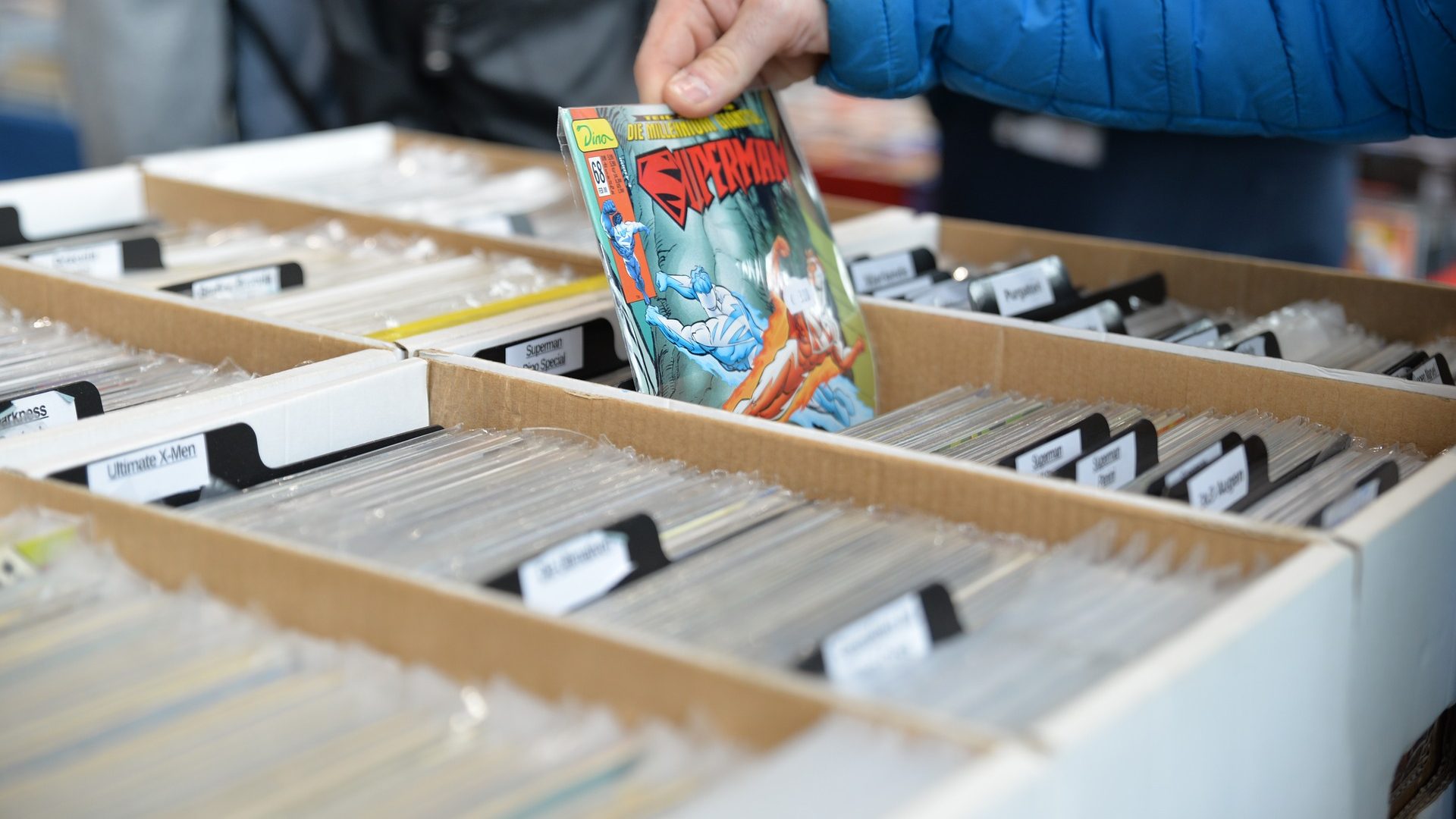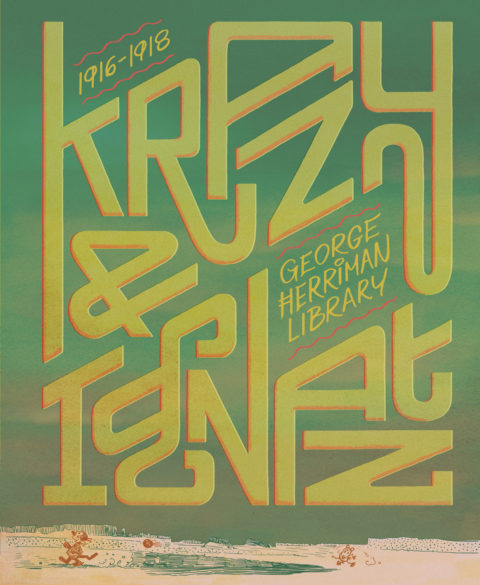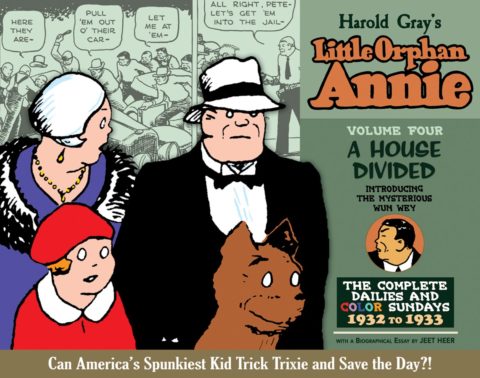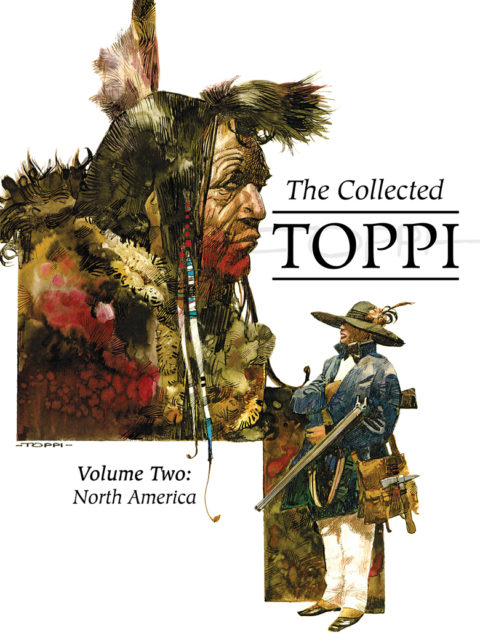Back in the day, pretty much every comic shop you went into had rows and rows of back issues. You pulled out your list, either a folded piece of paper or an index card, and started flipping through all those comics looking for those few remaining issues to complete your run. When you travelled to a new city you checked the Yellow Pages under “used bookstores” for comic shops and flipped through their rows of comic bins. If you were lucky there would be a comic show in your area, a small room at a local hotel where several vendors set up with rows and rows of back issue bins. And you pulled out your list and flipped through the wares.
You collected comics and as a collector and completist wanted all the issues in whatever title you collected. That’s how it was.
Fast forward twenty or thirty years. Your local comic shop may or may not have a small area with a few long boxes of back issues. There’s a local comic show every weekend within a short drive, but those vendors will also have a limited supply of back issues. Everywhere you look there are wall displays of “hot” or “key” issues in hard plastic cases. The odds of completing your run of single-issue comics are ever dwindling. What happened?
Let’s look at the evolution of the “reading” comics market. When I started collecting in 1980 if you wanted to read comics that weren’t from the current month you had to find a store that sold back issues. Because in those days you wanted comics to read, as you liked the characters and the stories.
Then came the collected edition. Yes, it started earlier with Fireside collections, but they were “best of” collections and not runs. We can say the collected edition market began with Batman: The Dark Knight Returns trade paperback, followed by The Watchmen, and everything else. Complete stories collected in an easy to read format. Now we didn’t have to chase newer single issues for years.
We still saved our money for those older back issues, the ones that cost $5 or $10 each, like that pesky Byrne X-Men run. Then Marvel launched their Masterworks line, and early silver age reprints were available in a quality format. DC followed suit with their Archives line, and we now had material from the golden age onwards.
The collected edition market took a long time to really get going. Decades to cover the variety and depth of material comic readers wanted. The run collector was becoming a dwindling percentage of the market. But more and more was available, and more importantly, affordable to read. I think it was $6.99 for the first Dark Phoenix trade, on nicer paper even. No more hunting and paying collector prices to read.
This was in direct contrast with the back issue market, where the focus was shifting to first appearances, significant covers and the growth of the encapsulated comic market. Of course, that’s the collector market, the speculators who buy comics in the hope they rise in value. And that’s really the nail in the coffin of the run collector: runs aren’t worth anything. Everyone wants to buy your Incredible Hulk 1 and 181, but what about the other hundreds of Hulk issues? Comic shops and dealers know it; that’s why they dedicate their space to wall books and collected editions.
Now publishers immediately put out a collected edition after a storyline wraps up. Every month new complete collections are offered in the form of the omnibus, making reading entire runs even more affordable. No searching required. And with the proliferation of online sellers, you don’t have to leave your house. Plus there’s digital comics, allowing your entire collection to be available on one easy to read and tote tablet.
There has never been a better time to be a comic reader.





No question on your conclusion. While your post is focused on Silver/Bronze and after, the coolest part of this conclusion for me is the reprint availability for non-hero Gold/Atomic books. Twenty years ago it was exciting to have black-and-white reprints of core EC titles – now there are countless quality color reprints of sci-fi, horror and crime books from pre-code days. Given the code, in my early days of collecting these stories were just legends – now we can read them in premium formats. While in many cases the stories and art might not be crucial for posterity, reading these comics leads to a much greater understanding and appreciation of comics history. (It also illuminates many swipes that were easy for later writers and artists to get away with when these earlier books were just the stuff of legend!)
So as you say there is no need to be an old-style run collector, simply to read a particular series. However, I think the death of the run book is overrated for the collector, because we can add to your conclusion: There has never been a better time to be a run book collector. There might not be as many long boxes in your neighborhood, but the comic show situation seems to be on the upswing after years of negative news, the internet makes it easy to fill holes, and most importantly very few of these run books are going to the landfill, so it’s not like the extant inventory is shrinking significantly. Somebody has these books somewhere. The time is ripe to pick an interesting and somewhat scarce run, and challenge yourself to fill your list as cheaply as possible with really nice copies.
I think the death of the run book is really a dealer complaint, because these books haven’t appreciated (and in some cases have depreciated), but I think there is a distinction between demand at a (risiing) price and demand at all. In the overall context it is just shifting of value, with overall value of all books increasing. Rather than expect the rising tide to lift all boats or keep fretting that prices “should” be higher because the Guide says so, similar to Free Comic Book day, dealers should see moving moribund long box inventory at cut-rate prices as a way to stoke demand – I don’t think there are many customers who are going to pay for the good stuff before accumulating a bit of more prosaic material.
I just repackaged my run of Byrne FF that I bought on the newsstand, which are prosaic and not worth much more than cover price. Granted these have more meaning to me as original owner, but even without this the books have meaning to me a piece of comics history, even as the Byrne FF Omnibus sits on my shelf. Ultimately the run book demand will ebb or flow with the popularity of the hobby, but I think there will always be a place for a few runs in every collection, regardless of investment considerations. (And from recent experience I can say that not only are these bagged and boarded runs easier on the wallet, but easier on the real estate footprint and on the back, compared to graded books.)
4
I’m a run collector, but I pretty much completed everything I wanted, so that effectively puts me out of the market, unless I find a new interest. I don’t enjoy reading the collected editions. The only collected editions I’ve bought are the DH Savage Sword of Conan and they’re smaller re-prints which aren’t as nice as having the actual magazine sized comic… and I have no plans to read them. There’s way more satisfaction (for me) in being able to lift issues out of the box and have a look. Especially 1970s Batman covers. You can’t pull out Batman #244 and drool over the cover in a reprint….
The only collected items I read were the Walking Dead and that was in digital format while I was in hospital.
Maybe the guys buying collected editions will move on to the real comics later. It’s not like collecting comic books isn’t addictive.
Run collecting kind of went away when runs started to disappear. Especially in the case of Marvel, there has been so many series cancellations and relaunches, sometimes with the same title and sometimes with different ones, that it’s almost impossible to collect anything in any coherent order. It was much easier back in the day to go after FF #s 232-355 than it is today to try to find and collect GOTG, vol 3 #s1-7, All New GOTG #s 1-15, Fresh GOTG #s 1-12, GOTG vol 4 #s 0-24, etc.
It’s way too complex of a thing to worry about collecting recent back issues at this point due to the large number of titles.
I’m a run collector even after almost 50 years of collecting . my main area of collecting now is the early 50’s DCs , and almost every title . those early 50’s are really hard to find above fine condition , which is what I’m after ! I’ve just finished off my all-star western run ! great early Kane art ! most people today have absolutely no idea how wonderful these books are to read , and especially the early DC Sci-Fi issues , which also have grey tone / wash covers . most dealers are shocked when I pull out my lists , Scott !!! another great topic !
Interesting discussion here. Not to get all wishy washy, but I agree with everyone. I think that it is true that it is a great time to be a run collector. You have the internet shopping capability so completing runs has never been easier. eBay, Kijiji, comicrealm , etc makes it super easy to find books.
I also agree that it’s never been easier to have access to reprints of all those books to be able to read. With all the trade paperbacks, reprints, digital copies, etc available, you have ample sources to read almost whatever you want.
I think though that a lot of run collectors are discouraged from starting runs because of price points. Non-key books of Amazing Spiderman below 100 are pretty pricey. And do you really want to spend decent money on a book that won’t escalate in value as quickly as a key? I know speculation shouldn’t always be a factor but it’s hard not to think about where your money is being spent when costs are so high. When you could pick up non key Spideys below 100 for $5 or $10 it was easy to be a completist.
And I agree with the notions of deciding which runs to complete. GOTG vol. 1, 2, 3… 7? Which one? And if you’re buying to read, well there’s the trade.
Great topic Scott!
Lovely topic Scott. Runs are great and how I’ve collected. The negative being…eventually its difficult to store 40 to 100 long boxes. And disappointment….if you are motivated to sell your 30 year old collection, you are offered 5 or 10 percent of its value. The reality is, you never really own any material thing in this world….you really just lease it. Thank God for the memories though. 🙂
Chris, I want to focus on your point about spending “decent money on a book that won’t escalate in value as quickly as a key” because I agree with the basic idea, but I think it embeds a some assumptions that need to be questioned.
– First, from a pure investment perspective, you are basically saying you can tell which books will appreciate and which won’t. I don’t think that’s possible in any market. At best I think you might have an educated opinion on the outcome set and probabilities. So the run books are more like lottery tickets (and fairly priced lottery tickets at that), while keys are more like “blue chip” investments. Hulk #217 9.8 is an example: $38 in January 2012 as a run book, $350 in September of that year as a new key. No key selling for $1000 has ever shown that kind of appreciation (I think). So I don’t think run collecting should be dismissed out of hand as a bad investment – it’s just a different kind of investment.
– This first consideration just addresses the emergence of a new key, but there is a broader assumption to question, which is whether today’s dynamics will be tomorrow’s. As Walt has discussed with you on Comic Culture, we have seen a shifting of interest from runs and #1’s to keys, and more recently to “key covers” as books are slabbed. It might seem like a long shot that there will be a comeback for runs, but I sense some shift in this direction at the very high end of the market. So rather than just filling runs to check a box, the “new” run collector should probably be looking at runs of pristine copies of relatively hard to find books.
– You say “decent” money, and talk about one of the most expensive runs to work on. I don’t think anybody should devote more that a small portion of their net worth to collectibles, so unless you are wealthy I would agree that this kind of run collecting is probably not the way to go. The embedded assumption seems to be that run collecting means something like core Silver Age Marvel titles. These are generally impractical from a cost perspective, but there are many many more runs published more recently that are ripe for collecting for various reasons: first/early art by recognized artists, interesting first appearances or key events, or story arcs that resonate. If you pick the right runs and pace yourself, you can assemble many of these fairly cheaply.
For run collecting, I think one should step back from investment considerations and try to get in touch with the roots of comic collecting. The decision then wasn’t between either buying a super-key or buying a car, but between buying two one-dollar back issues or one two-dollar back issue. Set a small budget and have fun without worrying about what these books are going to be worth in the future, but instead focus on which set you are going to prize after months or years of tracking them down. My bet is that in many cases these sets are going to end up being pretty good investments in spite of not setting investment return as a goal.
The closest to run collecting I get is small classic runs,story arcs and mini-series from certain artist/writers or titles. Nothing that’s more than maybe consecutive 6 issues or so. It’s never been a major focus in my collecting strategy.
David Mackay – wow 100 long boxes… I have about 20. I collect for myself and when collecting runs I don’t care about investment. I do try to buy the key issues in minimum VF but I buy because I’m more of a completist. I also live in New Zealand which makes collecting runs really expensive with post. Over the years I’ve run into more than a few collectors at the opposite end of the collecting phase where they are enjoying selling off their collections and meeting new collectors. I guess that’s where I’ll get to one day. I know if I needed to sell that I’d get a fraction of what I paid for it. So my long term view is to sell slowly.
Great post Scott and the discussion here matches it. I started writing Arcs & Runs nearly five years ago for many of the reasons that have been articulated here. I just did not see collectors being able to complete big full runs of comics going forward, or needing/wanting to with all of the new collecting /reading options available. I tried posting small story arcs’ and runs that had meant a lot to me, and I thought were worth owning out right. Many of them are pretty pricey now too. For the record the run books I buy today are mostly reprints like Marvel Collector Item Classics/ Greatest comics and old Marvel Tales and other old reprints. I still get a kick out reading an older classic book that I don’t have to wear gloves to read (if I don’t sneeze to do death while reading).
Macks – Thanks for chiming in. I have collected a lot like yourself over the years and I am in that opposite end of the collecting phase right now, but still can’t help but buy back a few old favourites, or an old classic I have never owned every now and then.